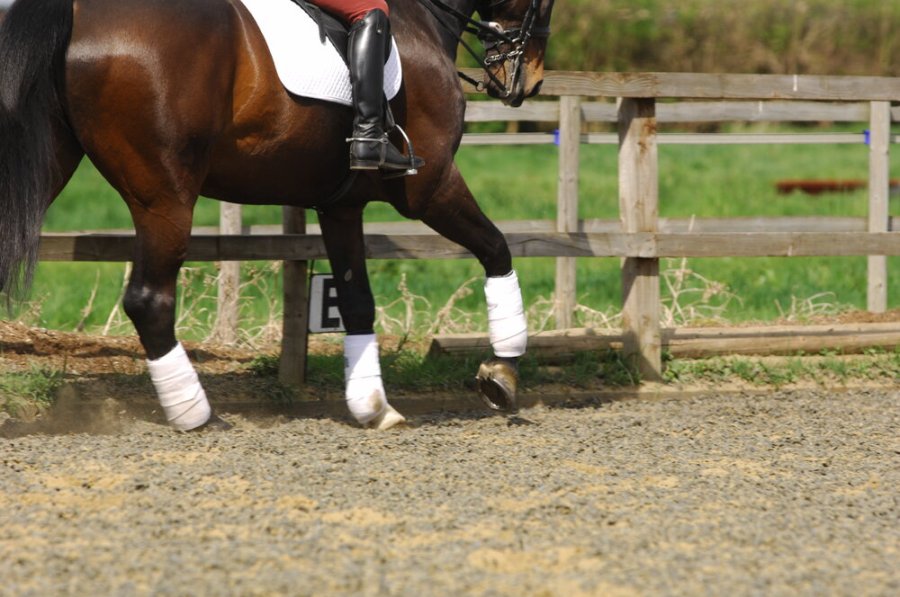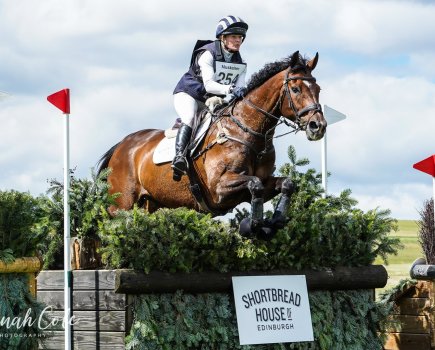The future of equestrian sport in light of increased scrutiny from the public has been debated by leaders of the industry.
Dr Jane Nixon MRCVS, Chair of The Showing Council and British Horse Foundation presented The biggest threat to equestrianism in the western world; social licence to operate on 17 March.
Jane explored the social licence to operate is and why it is so important. The term refers to the ongoing level of acceptance of standards and norms within an industry or company by both stakeholders and the general public.
“Through globalization horse sport has become exposed to a new and unfamiliar audience who have no prior concept of equestrian cultural traditions and practices,” she said. “In order for the general public to accept that horse riding remains socially acceptable, we need positive equine images.”
In order to have social acceptance of horse riding, with harmonious images of horses and their riders, we must have horses that are fit for purpose, Jane explained.
“To have horses that are physically and mentally fit, the period of time from conception to two-years-old is absolutely key,” she said. “A multi-disciplinary approach is essential with foals and young horses, so that any opportunity for harm is avoided by a correct and meticulous approach. We must never be dismissive of those that disagree or don’t understand but always be inclusive and persuasive.”
Riding schools are crucial
The role of riding schools and the public demand for riding lessons, for which there simply is not enough supply, was also highlighted.
“We need to be so mindful of improving the viability of riding schools,” said World Horse Welfare’s Roly Owers. “Accessibility, diversity and sustainability are big challenges. We must safeguard their future viability.”
Sally Iggulden, CEO of Beverley Racecourse, added that in the past horses were owned by the wealthy, but now they are increasingly accessible and often seen as pets.
“We need to be clear on what is acceptable,” she said.
Roly argued that the equine sector in France is highly centralised and so their system is better suited.
“A licence [in the UK] would create a rule that would need to be enforced,” he said. “It has merit but could be difficult to put into practice.”
A harmonious picture?
Jane said incorrectly fitting bridles are “very detrimental” to the public image of the sport.
“Buckles that are too high are at risk of impinging on the jaw joint,” she said. “Nosebands that are put on high up catching cheek bones. Neither of these things lead to a harmonious picture.”
Regarding training methods, Jane stressed the crucial developmental time in a horse’s life is between conception and two-years-old.
“Yes, disciplining the horse is necessary,” she said. “But we must ensure this is done without any physical or mental harm. Once a learned behaviour is instilled, we must recognise and accept that retraining the horse takes time.”
Roly added that great advances in training have been made in the past 10 to 15 years. Clicker training is a key method mentioned, but it was said it is imperative to respond to the horse very quickly – with an instant reward for the required behaviour.
“We must think about the outward images we are projecting with our horses,” Sally added. “It is no wonder people question the efficacy of equestrians when the media projects negative images. We need to tackle these things head on.
“Education is key, horse sports need some joined up thinking between the participants and the wider public if we are to continue in a positive way.”










